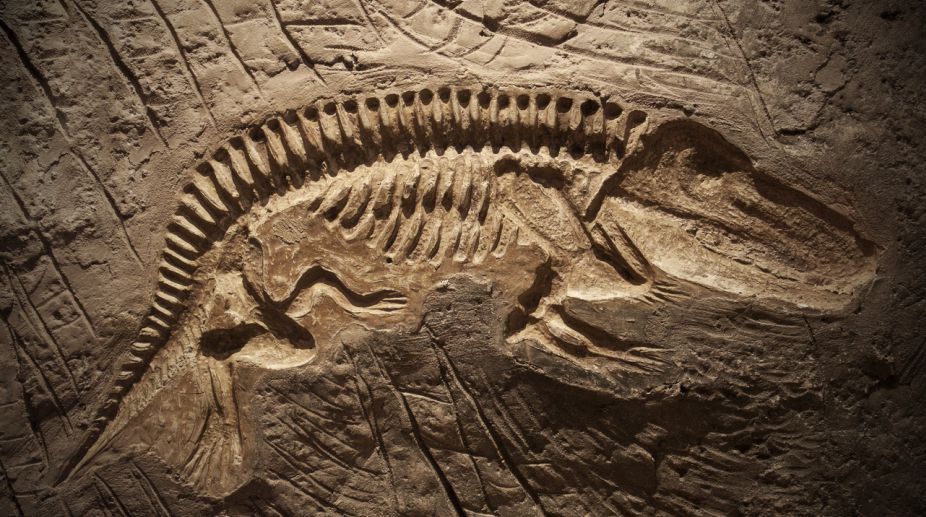Police recover stolen 50-million-year old fossil from IITF, one nabbed
A 50 million-year-old Gastropod Fossil, which was stolen from India International Trade fair (IITF) earlier this month, was recovered with the arrest of an individual.

Representational image (Photo: Getty Images)
A 10-year boy has accidentally discovered a rare, mostly intact 1.2 million year-old skull of stegomastodon – a prehistoric ancestor of elephants – while hiking in the Las Cruces desert in the US.
“I was running farther up and I tripped on part of the tusk,” said Jude Sparks, who had been hiking in the desert with his parents.
“My face landed next to the bottom jaw. I looked farther up and there was another tusk,” said Sparks.
Advertisement
The Sparks family contacted Peter Houde, a professor at the New Mexico State University (NMSU) in the US.
“A stegomastodon would look to any of us like an elephant,” said Houde.
“For the several types of elephants that we have in the area, this is probably one of the more common of them. But they're still very rare. This may be only the second complete skull found in New Mexico,” he said.
After the family contacted Houde, the jaw and two pieces of tusk were taken to the Vertebrate Museum at NMSU.
In May, the family joined a team of scientists who worked for about a week to carefully unearth the skull.
Houde estimates the jaw weighs about 120 pounds and the entire skull as little as a tonne. While the skull may appear to be strong, it is quite delicate.
“The upper part of the skull is deceiving. It's mostly hollow and the surface of the skull is eggshell thin,” Houde said.
“An extremely large skull would be very heavy for the animal if it didn't have air inside it to lighten it up just like our own sinuses,” he said.
“That makes the thing extremely fragile and the only thing holding it together is the sediment surrounding it,” he added.
During the weeklong extraction process, 10 to 12 people helped at different times with the excavation of the stegomastodon skull.
Researchers painstakingly brushed away the last bits of dirt from the skull and tusk and applied chemical hardeners to ensure the ancient bones remained intact.
Acting like plastics, the chemicals harden and restore the strength that would otherwise be present in the bone as protein.
After the skull was unearthed, the team carefully coated the fossil with plaster and placed wood braces to protect and support it.
The skull was lifted from the dig site by a front-end loader and placed on a flatbed truck for the trip back to the university.
While the process to study and reconstruct the skull, jaw and tusks will take years to complete, Houde said that the stegomastodon fossil will eventually go on display.
Advertisement